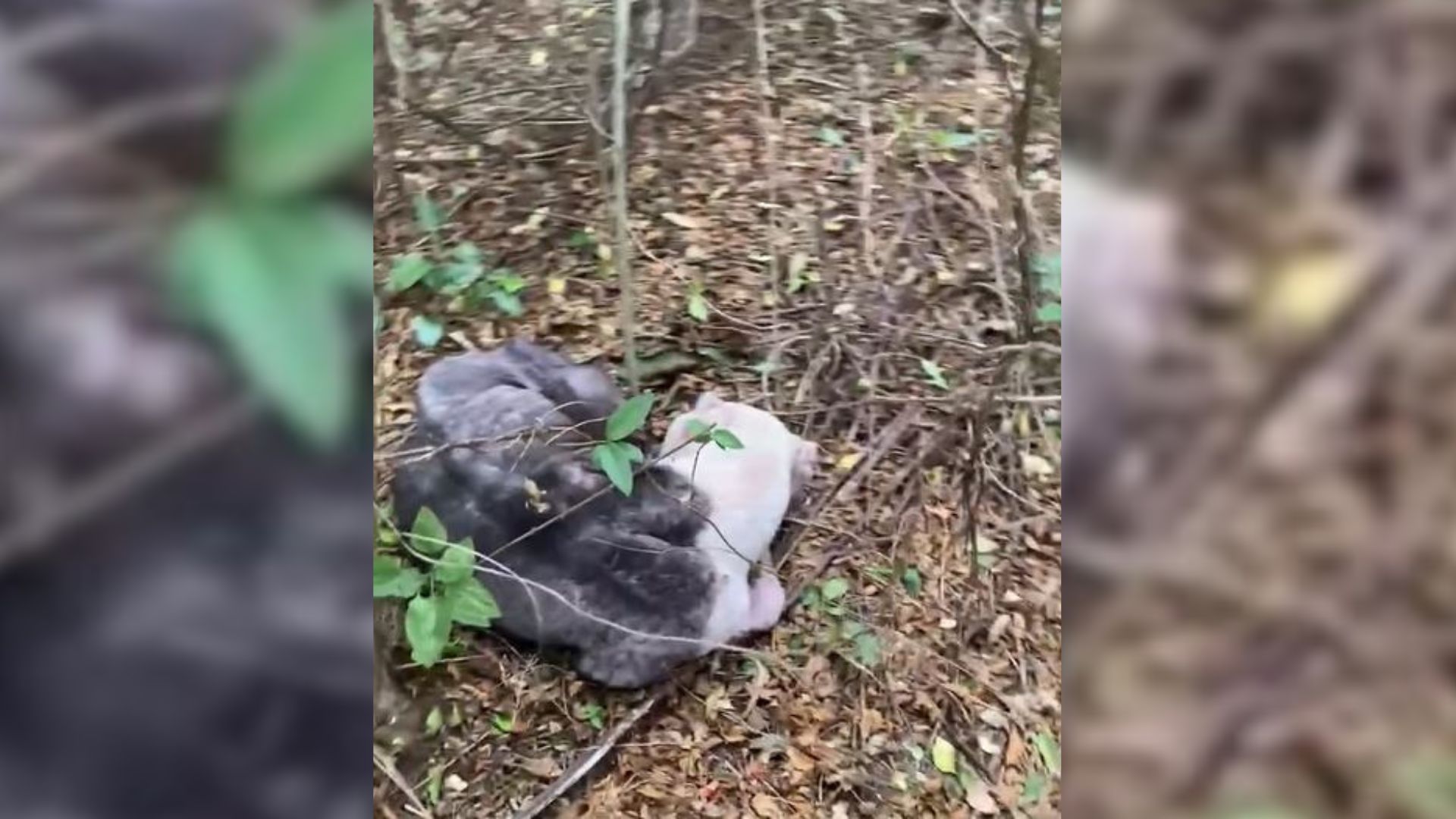
Mangoworms, scientifically known as Cordylobia anthropophaga, are parasites that commonly affect dogs in certain regions. These parasitic worms are native to sub-Saharan Africa and can cause discomfort and health issues for dogs. Here, we will explore the causes, symptoms, treatment, and prevention of mango worms in dogs.
Mango worms are the larvae of a type of fly that lay their eggs on hosts, including dogs. These larvae then burrow into the skin of the host and develop into worms, causing various health problems. The warm and humid climate of sub-Saharan Africa provides an ideal environment for the growth and proliferation of mango worms.
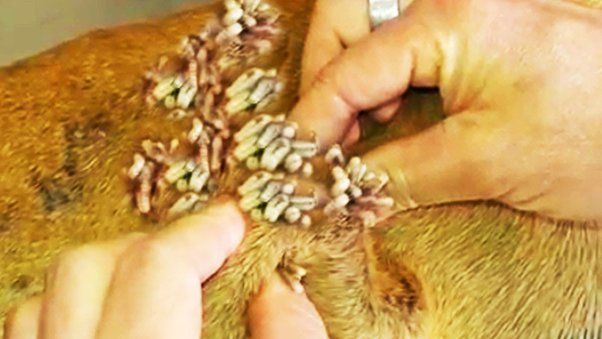
Causes of Mangoworm Infestation
Mangoworm infestation in dogs typically occurs when they come into contact with the eggs of the flies, usually through direct contact with contaminated soil or vegetation. Dogs that live in or travel to areas where mango worms are prevalent are at a higher risk of infestation. Poor hygiene practices, lack of proper grooming, and inadequate living conditions can also contribute to the likelihood of infestation.
Recognizing the Symptoms of Mango Worms In Dogs
Detecting mango worm infestation in dogs is crucial for timely treatment. Some common symptoms to look out for include:
Visible Skin Lesions
Mango worms create visible skin lesions, which are often characterized by raised bumps or lumps on the dog’s skin. These lesions may appear red, inflamed, or oozing.
Itching and Scratching
Infested dogs may exhibit intense itching and scratching at the affected areas. They may rub themselves against furniture or constantly bite and lick the affected skin in an attempt to alleviate the discomfort caused by the worms.
Swelling and Pain
As the infestation progresses, swelling and pain may develop around the affected areas. This can lead to discomfort, lameness, or reluctance to move.
Secondary Infections
Open sores and wounds caused by the presence of mango worms can become infected with bacteria. This can result in additional symptoms like pus, foul odor, and increased pain.
Seeking Veterinary Assistance
If you suspect or observe any signs of mango worm infestation in your dog, it is crucial to seek veterinary assistance promptly. Here’s what you need to know:
1. Recognize the Signs:
Familiarize yourself with the common signs of mango worm infestation, such as visible skin lesions, itching, scratching, swelling, and the presence of secondary infections. Prompt recognition can help in early intervention.
2. Schedule a Veterinary Appointment:
Contact your veterinarian and schedule an appointment as soon as possible. Explain the symptoms you have observed and provide any relevant information about your dog’s behavior or recent activities.
3. Professional Diagnosis:
During the veterinary visit, the veterinarian will conduct a thorough examination of your dog. They may examine the affected areas, conduct skin scrapings, or perform additional tests to confirm the presence of mango worms or rule out other potential causes.
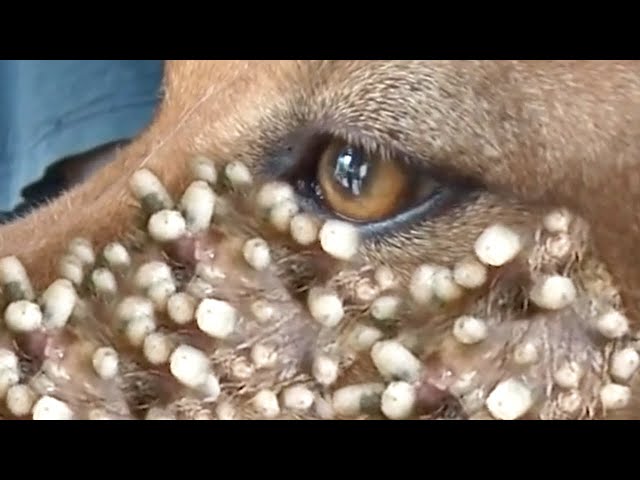
4. Treatment Plan:
Based on the diagnosis, the veterinarian will develop a treatment plan tailored to your dog’s specific condition. They will explain the recommended treatment options, potential side effects, and expected outcomes. Follow their guidance closely.
5. Professional Treatment:
Depending on the severity of the infestation, the veterinarian may perform manual extraction of the worms, prescribe medications to address secondary infections or discomfort, or recommend surgical removal for more severe cases. These treatments should only be performed by trained professionals.
6. Post-Treatment Care:
After initiating treatment, the veterinarian will provide instructions for post-treatment care. This may include wound care, medication administration, follow-up appointments, or recommendations for preventive measures to avoid reinfection.
7. Follow-Up Visits:
Follow the veterinarian’s recommended schedule for follow-up visits. These visits allow the veterinarian to assess the progress of the treatment, address any concerns, and make adjustments if necessary. It is essential to complete the full course of treatment as advised.
8. Communicate with the Veterinarian:
Throughout the treatment process, maintain open communication with your veterinarian. Inform them of any changes in your dog’s condition or behavior and seek their advice if you have any questions or concerns.
Remember, veterinary assistance is crucial in effectively diagnosing and treating mango worm infestation in dogs. The expertise and guidance of a veterinarian ensure that your dog receives appropriate care and increases the chances of a successful outcome.
Treatment Options for Mango Worms in Dogs
When it comes to treating mango worm infestation in dogs, there are several effective options to consider. The chosen treatment method will depend on the severity of the infestation and the specific circumstances. It is essential to consult with a veterinarian for a proper diagnosis and treatment plan. Here are some common treatment options:
Manual Extraction:
For mild infestations, the veterinarian may manually remove the mango worms using specialized tools like forceps. This procedure should only be performed by a trained professional to ensure the safety and well-being of the dog.
Surgical Removal:
In severe cases where the infestation has progressed or caused complications, surgical intervention may be necessary. The veterinarian will carefully remove the worms under anesthesia and provide post-surgical care to promote healing.
Medication:
To address secondary infections or alleviate discomfort, the veterinarian may prescribe medications such as antibiotics, anti-inflammatory drugs, or pain relievers. These medications can help combat infections, reduce inflammation, and provide relief for the affected dog.
Wound Management:
In cases where the infestation has caused open sores or wounds, proper wound management is essential. The veterinarian may clean the wounds, apply topical medications or dressings, and provide instructions for at-home care to prevent further complications.
Follow-up Care:
After the initial treatment, regular follow-up visits with the veterinarian are crucial to monitor the dog’s progress and ensure that the infestation has been completely eradicated. The veterinarian may recommend additional treatments or preventive measures to minimize the risk of re-infestation.
Preventive Measures
Preventing mango worm infestation is vital to safeguard your dog’s health and well-being. Here are some preventive measures to consider:
Maintain Regular Grooming:
Establish a consistent grooming routine for your dog, including regular brushing, bathing, and thorough inspections of their coat and skin. This helps detect any signs of infestation early on and promotes overall skin health.
Keep Living Areas Clean:
Regularly clean and sanitize your dog’s living environment, including bedding, puzzle toys, and any areas where your dog spends time. Regular vacuuming and disinfection help minimize the presence of potential parasites.
Avoid High-Risk Areas:
If you live in or are traveling to regions where mango worms are prevalent, try to avoid areas with dense vegetation, especially during peak seasons. These areas often harbor the flies that lay mango worm eggs.
Use Preventive Products:
Consult with your veterinarian about suitable preventive products such as spot-on treatments or Fi GPS dog collars that repel or kill parasites. These products can provide additional protection against mango worms and other parasites.
Monitor Outdoor Activities:
When taking your happy dog outdoors, especially in high-risk areas, keep a close eye on their activities. Restrict access to potentially infested areas and prevent them from rolling or digging in soil or vegetation that could contain mango worm eggs.
Stay Updated and Educated:
Stay informed about mango worms and other parasites that may affect your dog. Keep up-to-date with preventive measures, treatment options, and local infestation patterns. Regularly consult your veterinarian for guidance and recommendations.
Remember, prevention is key when it comes to mango worm infestation. By taking proactive measures and seeking professional advice, you can minimize the risk and keep your dog safe and healthy.
Regular Grooming Practices
Regular grooming plays a crucial role in preventing and managing mango worm infestation in dogs. Here are some essential grooming practices to incorporate into your routine:
Brushing:
Brush your dog’s coat regularly to remove any loose fur, dirt, or debris. This helps maintain a clean and healthy coat while reducing the risk of mango worms finding their way into the fur.
Bathing:
Give your dog regular baths using mild dog shampoo. This helps keep their skin clean and reduces the likelihood of parasites taking hold. However, avoid excessive bathing as it can strip the skin of its natural oils.
Inspecting the Skin:
During grooming sessions, carefully inspect your dog’s skin for any signs of mango worm infestation. Look for raised bumps, redness, or lesions. If you notice anything unusual, consult a veterinarian for further evaluation.
Trimming Nails:
Keep your dog’s nails trimmed to an appropriate length. Overgrown nails can create openings in the skin, providing an entry point for parasites and increasing the risk of infection.
Ear Cleaning:
Regularly clean your dog’s ears using a veterinarian-recommended ear-cleaning solution. This helps prevent ear infections and keeps the ears free from debris that may attract parasites.
Maintaining a Clean Living Environment
Creating a clean and hygienic living environment for your dog is essential in preventing mango worm infestation. Here are some tips for maintaining a clean living space:

Regular Cleaning:
Clean your dog’s bedding, blankets, and toys regularly. Launder them in hot water to eliminate any potential parasites or eggs that may be present.
Vacuuming:
Vacuum your home frequently, paying close attention to areas where your dog spends the most time. This helps remove any stray fur, dirt, or parasites that may have been brought indoors.
Outdoor Cleanup:
Keep your yard free from debris, overgrown vegetation, and standing water. Mango worms thrive in such environments, so regular yard maintenance is essential in reducing the risk of infestation.
Disinfection:
Use pet-safe disinfectants to clean surfaces that your dog frequently comes into contact with, such as floors, furniture, and their living area. This helps eliminate any potential parasites or bacteria.
Dietary Considerations
A healthy and balanced diet is crucial for your dog’s overall well-being and can contribute to their ability to resist infestations. Consider the following dietary considerations:
High-Quality Food:
Feed your dog nutritious, high-quality dog food that is appropriate for their age, size, and specific dietary needs. A well-balanced diet helps strengthen their immune system, making them less susceptible to parasites.
Supplements:
Consult with your veterinarian about adding supplements to your dog’s diet. Omega-3 fatty acids, vitamins, and minerals can help promote healthy skin and a strong immune system.
Fresh Water:
Provide your dog with clean, fresh water at all times. Staying properly hydrated supports overall health and aids in maintaining healthy skin.
Avoid Raw Diets:
Avoid feeding your dog raw or undercooked meat, as it can increase the risk of parasitic infestations. Ensure that any food you give them is properly cooked and safe for consumption.
Avoiding Infested Areas
One of the key preventive measures against mango worm infestation in dogs is to avoid areas known to be infested. Here’s what you need to know:
Research Infestation Patterns:
Familiarize yourself with the regions or specific areas where mango worms are prevalent. Stay informed about the local infestation patterns to better understand the risk factors associated with certain locations.
Stay Away from High-Risk Areas:
When walking or exercising your dog, avoid areas with dense vegetation, particularly during the peak seasons when mango worms are most active. Restrict your dog’s access to places where the risk of infestation is high.
Use Pathways and Trails:
Stick to established pathways and trails when going for walks. These areas are less likely to harbor mango worms or their eggs compared to overgrown or undisturbed areas.
Travel Precautions
If you plan to travel with your dog, especially to regions known for mango worm infestation, take the following precautions to minimize the risk:
Consult with a Veterinarian:
Before traveling, consult with your veterinarian to ensure your dog’s vaccinations and parasite preventives are up to date. They can provide specific advice based on your destination and the prevalence of mango worms in that area.
Insect Repellents:
Use veterinarian-recommended insect repellents on your dog to deter flies and other parasites. Apply the repellent according to the instructions provided by your veterinarian.
Keep Dogs on Leashes:
When walking your dog in unfamiliar areas, keep them on a leash to have better control over their movements. This helps prevent them from venturing into potentially infested areas or coming into contact with eggs or larvae.
Avoid Contact with Stray Animals:
Stray animals, particularly those with poor hygiene and living conditions, may be more likely to carry mango worms. Avoid allowing your dog to interact closely with them to minimize the risk of exposure.
Education and Awareness on Mangoworms In Dogs
Education and awareness are essential for preventing mango worm infestation in dogs. Here’s how you can promote knowledge and understanding:
Research and Learn:
Educate yourself about mango worms, their lifecycle, and how they impact dogs. Understanding the parasites will help you take appropriate preventive measures and seek timely veterinary assistance when needed.
Spread Awareness:
Share information about mango worms with other dog owners and your community. This can be done through social media, local pet groups, or community events. Encourage responsible pet ownership and preventive measures.
Talk to Your Veterinarian:
Engage in conversations with your veterinarian about mango worms and inquire about specific preventive measures suitable for your dog. They can provide personalized advice based on your dog’s health, lifestyle, and travel plans.
Stay Updated:
Stay informed about new developments, treatment options, and preventive measures related to mango worms. Regularly consult reputable sources, such as veterinary publications or reliable online resources, to stay up to date with the latest information.
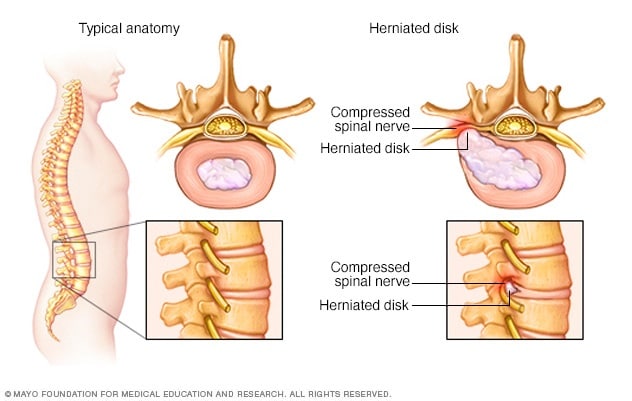






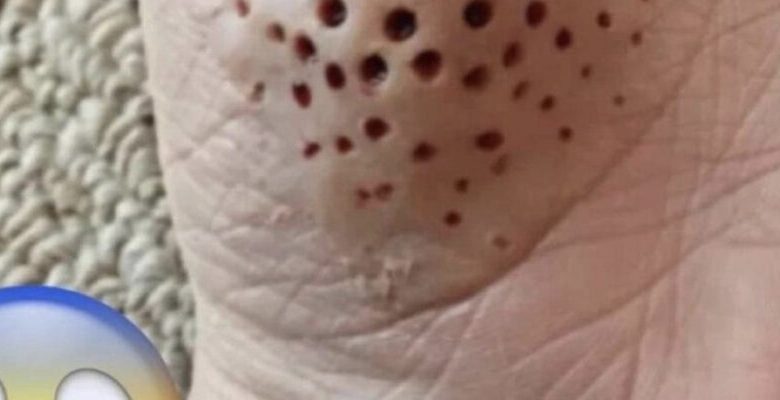






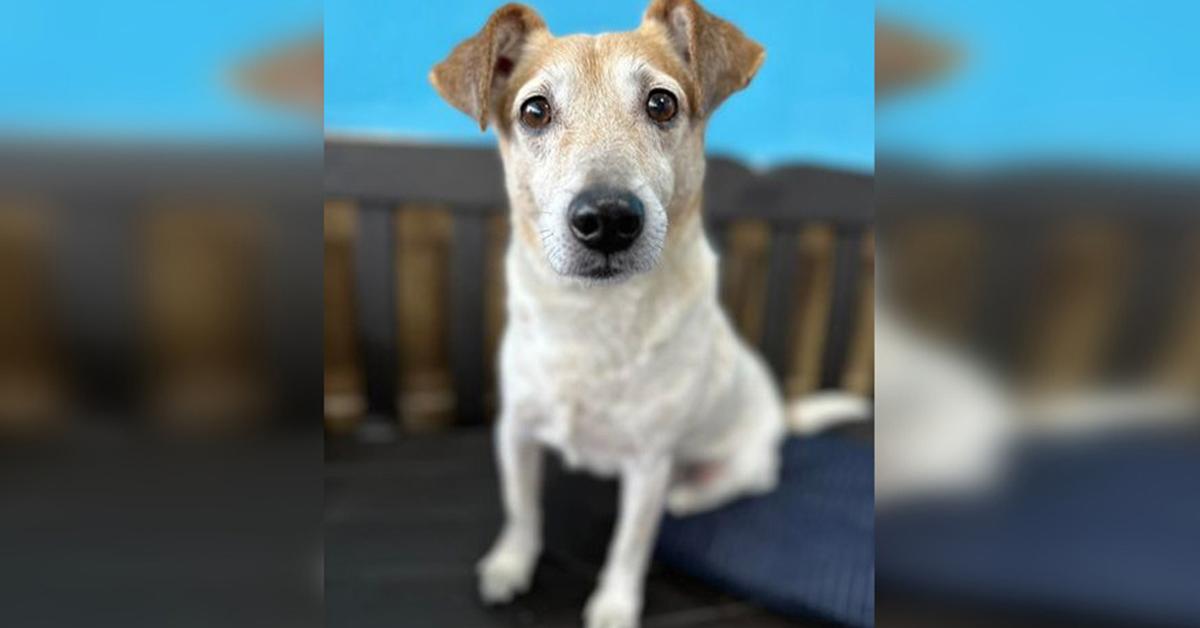
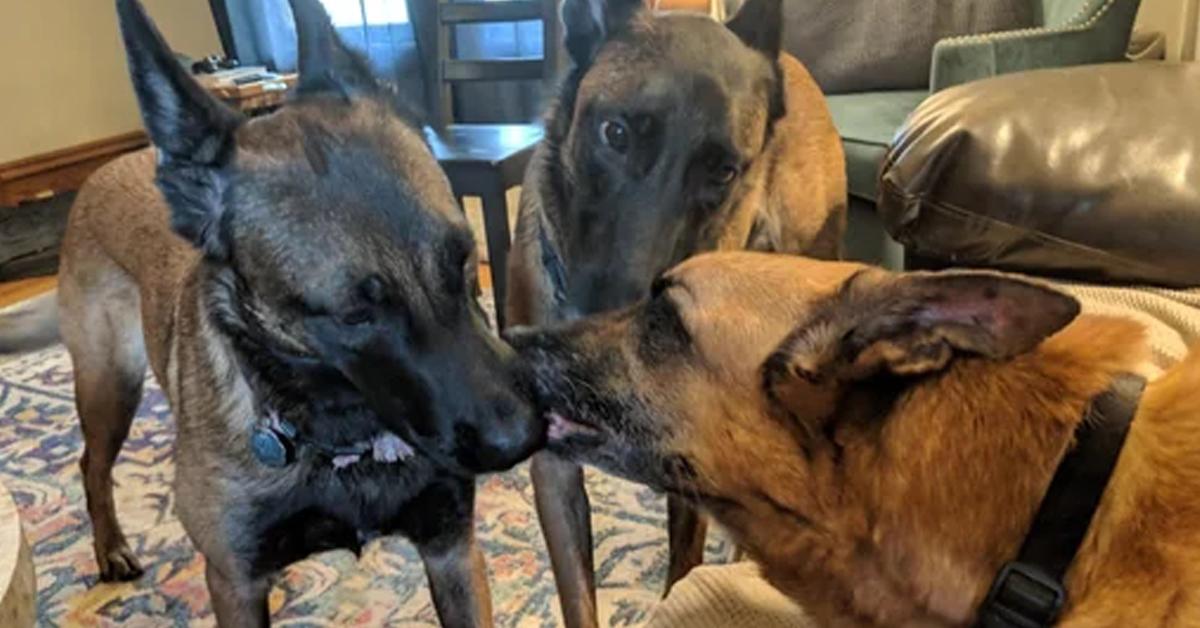







.webp)





